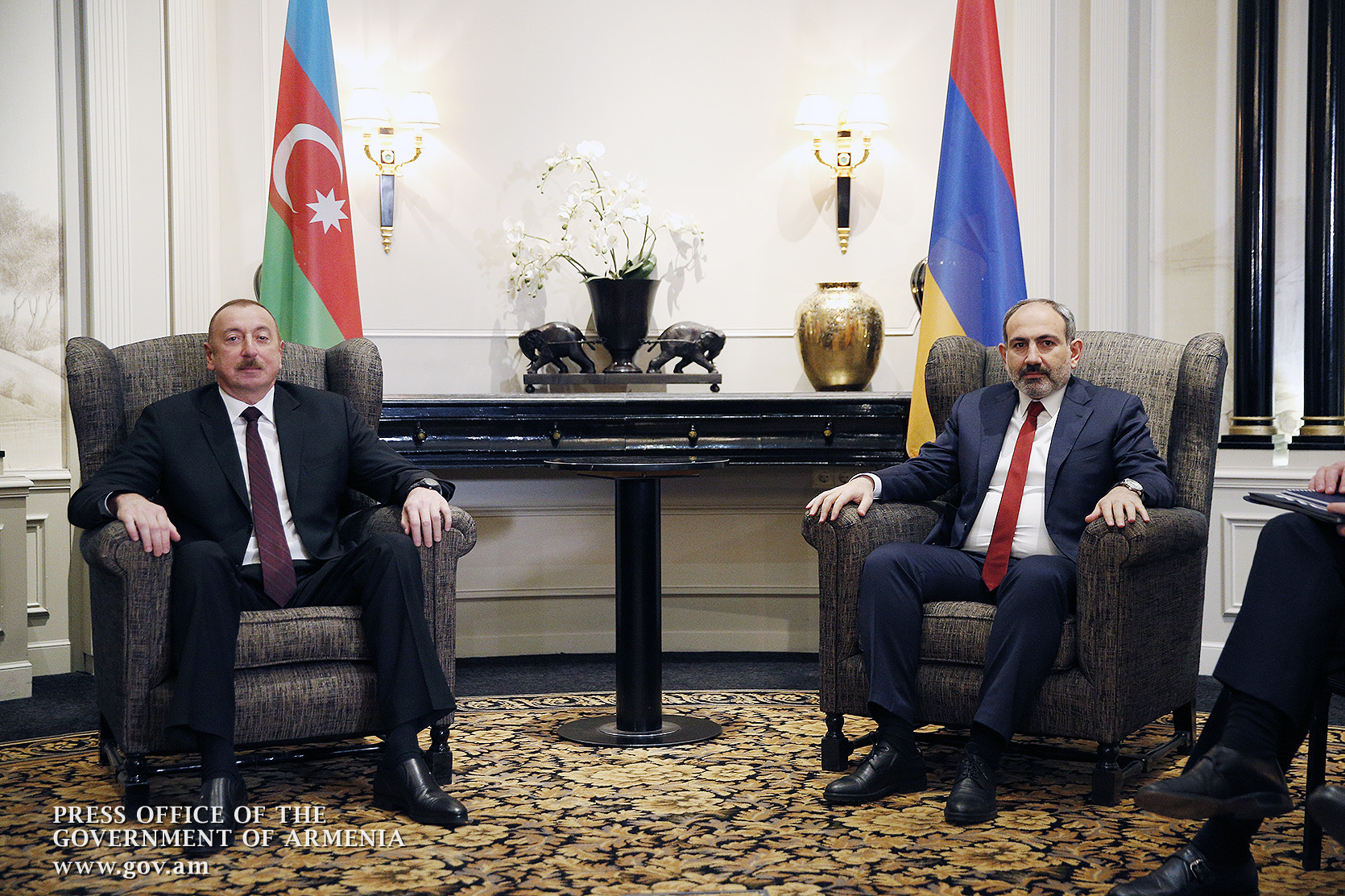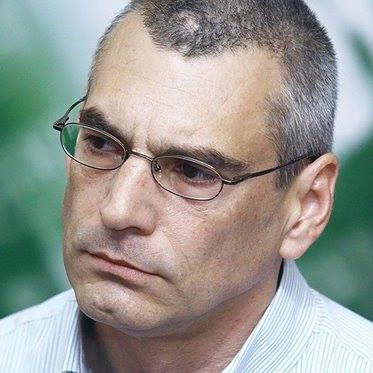
Over the past several months, the pace of the peace process over the Nagorno Karabakh (Artsakh) conflict has quickly accelerated, culminating in the recent summit in Vienna between Armenian and Azerbaijani leadership, which has emerged as a turning point for a number of reasons.
To briefly recap: Last January, the Armenian and Azerbaijani foreign ministers held a meeting in Paris, which was not only a surprise to the French hosts, but also exceeded expectations, as it lasted for several hours. This meeting was followed by a follow-up conversation in Davos in late January between Armenian Prime Minister Nikol Pashinyan and Azerbaijani President Ilham Aliyev, which was the third such personal and informal meeting since September. These talks have been important and interesting to speculate on, but none were as critical as the meeting in Vienna which can be considered the “official summit” of the Armenian and Azerbaijani leaders.
The reasons for the Vienna summit significance are several-fold. First, it was the first opportunity for the two leaders to act upon and implement promises from the earlier round of meetings, including stated pledges calling for “concrete measures to prepare the populations for peace,” and the “strengthening of confidence-building measures.” These topics also served as the main agenda for a follow-up, private meeting in Moscow on April 15 between Armenian Foreign Minister Zohrab Mnatsakanian and his Azerbaijani counterpart Elmar Mammadyarov. The ministers were joined by the French, Russian and US mediators as co-chairs of the OSCE Minsk Group, and shortly afterwards released a joint statement that included a new agreement on the first-ever mutual measures, including a process to “allow families to have access to their relatives held in custody in the respective detention centers” on each side and a “further stabilization of the situation in the conflict zone, in particular during agricultural activities.” The ministers also “expressed their willingness to start concrete work on establishing contacts between people, including through mutual visits of media representatives.”
The second reason why the Vienna summit was so significant was that it was the first official, agenda-based summitry, rather than informal conversations. And in this regard, it was something of a disappointment, as meager outcomes failed to match high expectations. In fact, the high expectations from the Karabakh (Artsakh) peace process pose a serious problem and a challenge for both sides.
Much of the raised expectations are due to the successful Velvet Revolution in Armenia last year. The political will and greater legitimacy on the Armenian side led many to believe that the government would be better-positioned to negotiate some progress with Azerbaijan. But despite the change of government in Yerevan, any real expectations of concrete progress in the peace process over the Artsakh conflict seem unfounded.
In recent months, however, a third factor has emerged that have revealed the Vienna summit to have been an even stronger turning point than initially suspected. The summit revealed a refreshing degree of optimism, to the extent that it can be considered a return to real diplomacy. Such a change can even be viewed as counterintuitive, as it seemed likely the Armenian government would retreat to a slower and more cautious policy on the Karabakh issue in order to focus on other pressing issues, like domestic reform. Not to mention, this new Armenian leadership is relatively inexperienced on the Karabakh issue.
Yet despite having no experience in dealing with the Azerbaijanis on any official level, both the Armenian premier and his foreign minister have committed to a more intense and rapid course of meetings and talks with Azerbaijani leaders. While the Armenian side deserves credit for taking every opportunity, often on the sidelines of multilateral meetings, to engage the Azerbaijanis, the shift in Baku’s diplomacy is an equally important factor.
The dearth of transparency regarding the Karabakh peace process has prevented the formation of a peace-seeking public.
The Azerbaijani diplomatic strategy, which was previously seen as neither diplomatic nor very strategic, seems to have been moderated and modified, moving away from years of maintaining a more extreme policy. Notably, Azerbaijan’s new approach includes offering an atmosphere of concession or compromise within the negotiations. This is most clearly seen in Baku’s agreement to restore back channel communications through a telephone “hotline” between the Azerbaijani and Armenian sides. This move is also important as a reversal of a longstanding withholding. It also follows renewed pledges to strengthen ceasefire monitoring and resume confidence-building measures.
The Gap between Expectations and Reality
Despite the overtly more positive environment of the peace talks, there is a need to “mind the gap” between expectation and reality over the course of the peace process. Such skepticism is not meant to diminish the importance of a welcome return to diplomacy over force of arms; rather, a more sober assessment is aimed more at highlighting what needs to be done in order to safeguard such optimism. While the increased pace of meetings and talks offer a serious improvement over the stalemated talks in recent years, there are some areas which require greater consideration.
First, despite a flurry of diplomatic activity, there is necessity for public education and awareness. Given the constraints of secrecy and confidentiality of the peace talks, there has been little investment in revealing the state or the status of the negotiations. This pronounced lack of information has promoted some level of misinformation regarding the conflict; worse yet, it has the capacity to invite disinformation, thereby undermining the political will required for compromise or concession. The dearth of transparency regarding the Karabakh peace process has prevented the formation of a peace-seeking public. It has also limited the ability of leaders to shape the narrative of the conflict within the political discourse in each society.
Second, though international support and mediation is important and can be helpful, it is not the sole answer. In this vein, there is a need to involve more participation from civil society (which will only come if there is greater transparency from leaders about the status of the conflict, as described in the paragraph above). Furthermore, the peace process must include all parties to the conflict, and Karabakh must be present and represented.
It is far too premature to either hail a new period of meaningful and lasting engagement over Nagorno Karabakh or to dismiss the preliminary signs of optimism. Most importantly, expectations should be tailored, to prevent any dangerous disappointment with diplomacy or frustration with a peace process that is inherently gradual and slow.



Richard,
Unknown Axerbaijan gets fake statehood recognition based on Diaspora Armenians who don’t ignore this ugly corrupt oilman picture and stories! Pahinyan must stop this BS meetings with him and Lavrov!